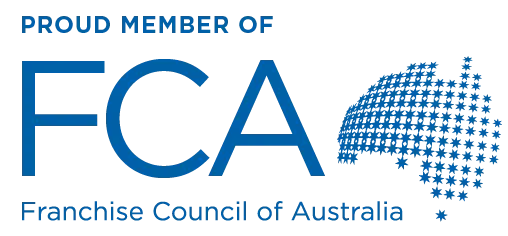Because sometimes the best marketing doesn’t look like marketing at all.
The internet’s loudest brands spend millions to get your attention.
The smartest ones? They earn it — through community.
Community-led growth isn’t a buzzword anymore. It’s a competitive advantage.
When done right, it becomes a self-funding funnel — awareness, engagement, retention, and advocacy — all happening organically, without relying on ads.
Here are 8 brands that quietly built multi-million dollar machines powered by people, not paid media.
1. Notion: product as playground
Notion didn’t just build software — they built status.
Their online community of creators, workspace hackers, and template builders turned productivity into identity.
Every template shared became a free ad. Every creator became a brand ambassador.
Why it worked: They made the product infinitely remixable, then gave power users the spotlight.
2. Liquid Death: cult marketing 101
No traditional ad funnel. Just a movement.
Liquid Death built a brand people wanted to belong to — anti-corporate, irreverent, and perfectly memeable.
Their community does the storytelling for them.
Why it worked: They turned brand values into a personality people could wear (literally).
3. Gymshark: from garage to global
Started by lifting buddies, powered by athletes and fitness creators long before “creator economy” was a thing.
Gymshark’s ambassador community drove exponential growth — every piece of content was an authentic recommendation.
Why it worked: They made customers feel like co-founders, not consumers.
4. Glossier: forum first, product second
Glossier’s empire started as a blog community — not a brand.
They co-created every product with readers before the first campaign ever launched.
Why it worked: When you make people feel like they built it, they’ll sell it for you.
Colabora sin esfuerzo, ahorra tiempo y gasta menos
¿Por qué conformarse con una herramienta de gestión de redes sociales mediocre cuando podrías estar usando Sked Social? Con acceso ilimitado de colaboradores, aprobaciones simplificadas y tecnología avanzada de auto-publicación que te permite programar en todas las principales plataformas, Sked Social ofrece todo lo que necesitas.
Comienza GRATIS5. Yeti: culture over product
Yeti doesn’t sell coolers. They sell identity.
Their community of outdoorsmen, surfers, filmmakers, and adventurers turned premium gear into cultural currency.
Why it worked: They marketed a lifestyle, not a SKU.
6. Sked Social: built with, not for
Instead of chasing ads or influencer hype, Sked built a Slack community (#seen) where social pros, marketers, and creators connect daily.
That network doesn’t just engage — it retains.
The community creates feedback loops, product insight, and advocacy that money can’t buy.
Why it worked: They made belonging the product.
7. Duolingo: chaos as a growth strategy
Duolingo’s community isn’t built in forums — it’s built in fandom.
Fans remix content, meme the brand, and defend it online like a sports team.
The result? A global audience that markets harder than most paid agencies.
Why it worked: They leaned into community chaos — not control.
8. Lululemon: community as product distribution
Before the retail boom, Lululemon’s growth came from yoga studios and local ambassadors.
Every teacher, trainer, and athlete who wore the brand was the funnel.
Why it worked: They localised community at scale — making brand building feel personal.
So what’s the playbook here?
Community isn’t a channel. It’s a strategy.
It builds the three things ads can’t buy:
- Trust (because it’s peer-driven)
- Retention (because belonging beats discounts)
- Advocacy (because people sell better than pixels)
In a world drowning in ads, communities cut through the noise.
They turn users into storytellers.
Customers into collaborators.
And followers into lifelong fans.
The takeaway: The next wave of growth doesn’t start with CPMs or funnels — it starts with humans.
The best marketers don’t just build audiences.
They build movements.










